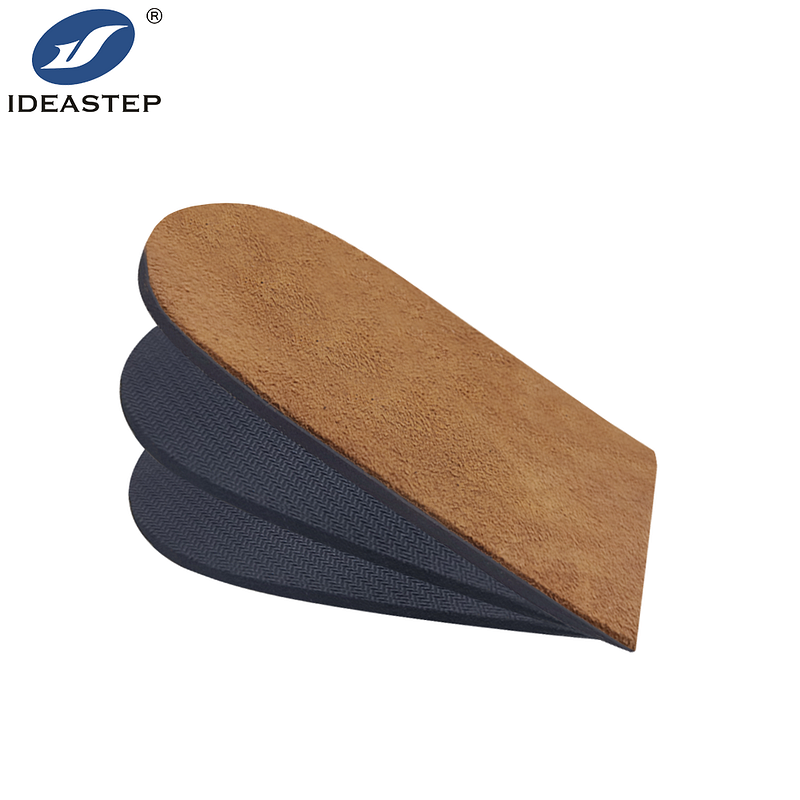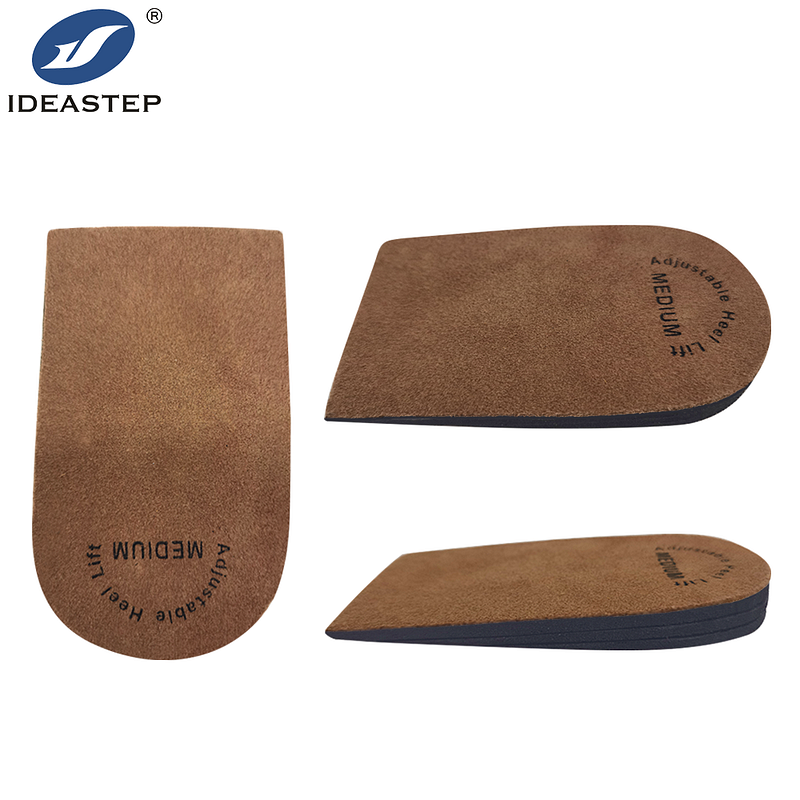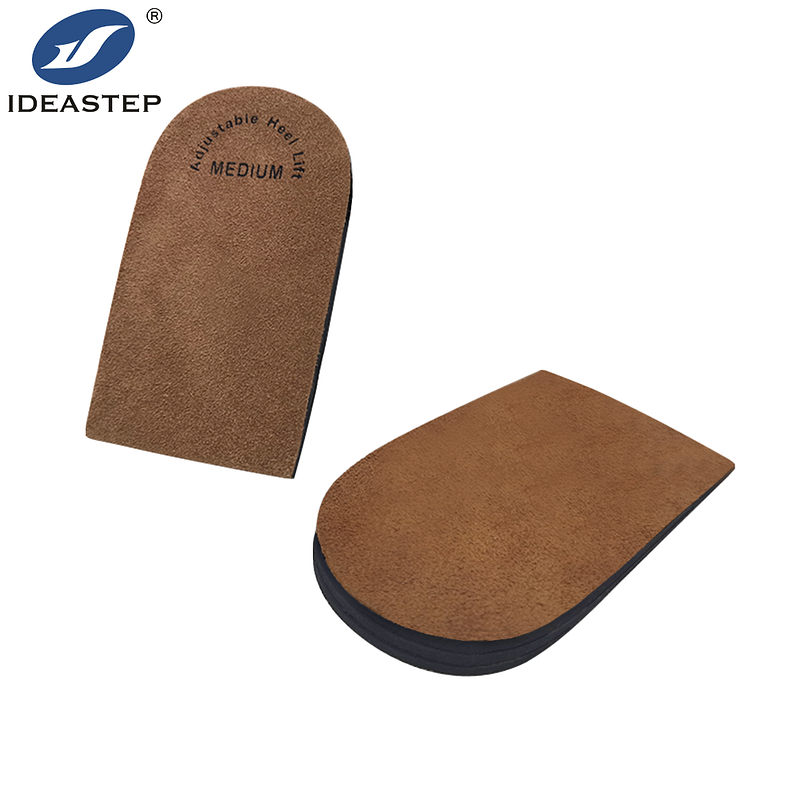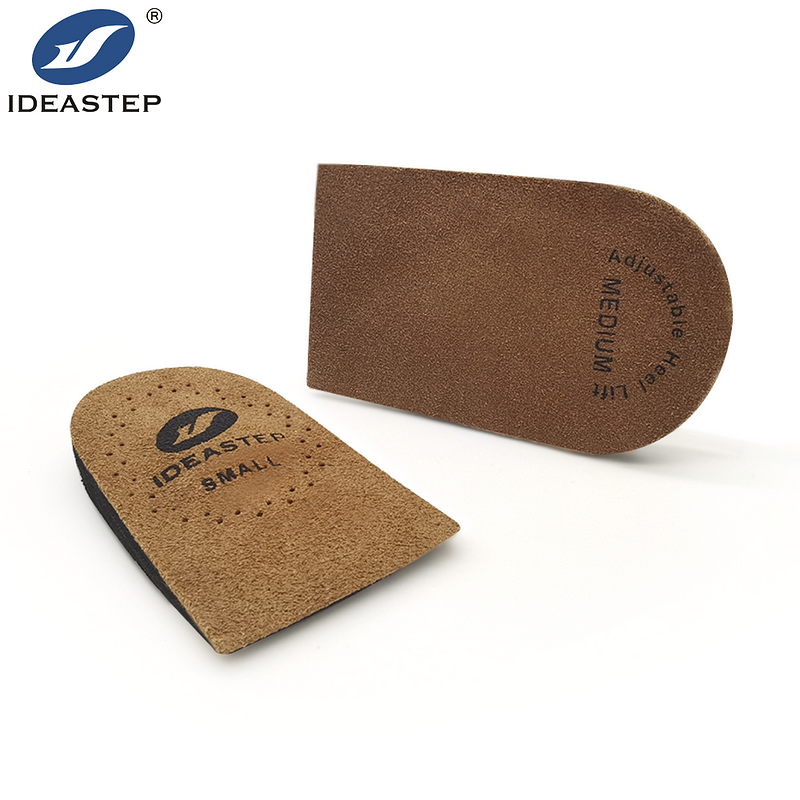Summary: Why Does My Heel Pad Hurt When I Walk?
Heel pain is a common issue with various potential causes, one of which is malfunctioning heel pads. These cushions provide cushioning and support to the heel bone, absorbing impact during walking and running.
Causes:
– Heel pad degeneration: Loss of density and elasticity in the heel pad material over time.
– Excessive wear and tear: Frequent use, especially in high-impact activities, can damage the heel pad.
– Repetitive activities: Jobs involving prolonged standing or walking can put continuous stress on the heel pad.
– Excess weight: Extra weight puts additional strain on the heel pad.
– Uneven weight distribution: Walking unevenly or wearing inappropriate footwear can disrupt weight distribution, leading to excessive pressure on the heel pad.
Symptoms:
– Pain in the heel area
– Stiffness and limited mobility
– Swelling or bruising
– Clicking or popping sensations
– Difficulty walking or running
Diagnosis & Treatment:
– Consult with a healthcare professional for diagnosis.
– Treatment options include orthotics, physical therapy, custom-made heel pads, medications, and lifestyle modifications.
Prevalence:
– Approximately 15–20% of adults experience heel pain at some point in their lives.
– Around 30% of heel pain cases are attributed to heel pad problems.
Conclusion:
Heel pad syndrome can be managed with early diagnosis and proper treatment, ensuring comfortable walking.

Why Does My Heel Pad Hurt When I Walk?
Heel pain is a common problem affecting people of all ages and activity levels. One potential culprit? A malfunctioning heel pad. But what exactly is heel pad syndrome and how does it cause pain?
Understanding Heel Pad Syndrome
Heel pads, also known as shock absorbers, provide cushioning and support to the heel bone (calcaneus). They absorb impact when you walk or run, preventing excessive strain on the surrounding tissues and joints.
Heel pad syndrome arises when these vital cushions lose their density and elasticity. This can happen due to:
- Excessive wear and tear: Regular walking or participation in high-impact activities can gradually degrade the cushioning material.
- Repetitive activities: Jobs involving prolonged standing or walking can put continuous stress on the heel pad.
- Carrying extra weight: Extra weight puts additional strain on the heel pad, accelerating its breakdown.
- Uneven weight distribution: Walking unevenly or wearing shoes that don’t provide proper support can disrupt the natural weight distribution, leading to excessive pressure on the heel pad.

Symptoms of Heel Pad Syndrome
Symptoms typically include:
- Pain in the heel area
- Stiffness and limited mobility
- Swelling or bruising
- Clicking or popping sensations
- Difficulty walking or running
Diagnosis and Treatment
If you suspect heel pad syndrome, consult with a healthcare professional for a diagnosis. They will assess your symptoms, walking gait, and foot structure. Treatment options may include:
- Orthotics or braces to support the heel and reduce pain
- Physical therapy exercises to strengthen foot muscles and improve flexibility
- Custom-made heel pads to provide additional cushioning
- Medications to manage pain and inflammation
- Lifestyle modifications like weight management and supportive footwear

Data on Heel Pad Syndrome Prevalence:
- Studies estimate that approximately 15–20% of adults experience heel pain at some point in their lives.
- Approximately 30% of heel pain cases are attributed to heel pad problems.
- The risk of heel pad syndrome is higher among people who are overweight, have flat feet, or wear improper footwear.
Conclusion
Heel pad syndrome can be a significant source of pain and discomfort, but it is often treatable. Early diagnosis and proper management can help prevent further complications and ensure comfortable walking.
CauseMechanismLoss of density & elasticityPadding material degrades over time, leading to reduced support and cushioning.Excessive wear & tearFrequent use, especially in high-impact activities, can damage the heel pad material.Repetitive activitiesCertain activities like running or walking on uneven surfaces can cause micro-trauma to the heel pad.Excess weightAdded weight puts greater stress on the heel pad, increasing the risk of breakdown.Uneven weight distributionUnequal weight distribution during gait can put extra pressure on the heel pad, leading to pain.

FAQ
Q: What is heel pad syndrome?
A: Heel pad syndrome is a condition caused by damage or dysfunction of the heel pad, which provides cushioning and support to the heel bone.
Q: What are the symptoms of heel pad syndrome?
A: Symptoms include heel pain, stiffness, swelling, bruising, clicking or popping sensations, and difficulty walking or running.
Q: What are the causes of heel pad syndrome?
A: Causes include excessive wear and tear, repetitive activities, excess weight, uneven weight distribution, and improper footwear.
Q: How is heel pad syndrome diagnosed?
A: A healthcare professional will assess symptoms, gait, and foot structure to diagnose heel pad syndrome.
Q: What are the treatment options for heel pad syndrome?
A: Treatment options include orthotics, physical therapy, custom-made heel pads, medications, and lifestyle modifications like weight management and supportive footwear.
Q: What is the prevalence of heel pad syndrome?
A: Studies estimate that 15–20% of adults experience heel pain at some point in their lives, with approximately 30% of heel pain cases being attributed to heel pad problems.
